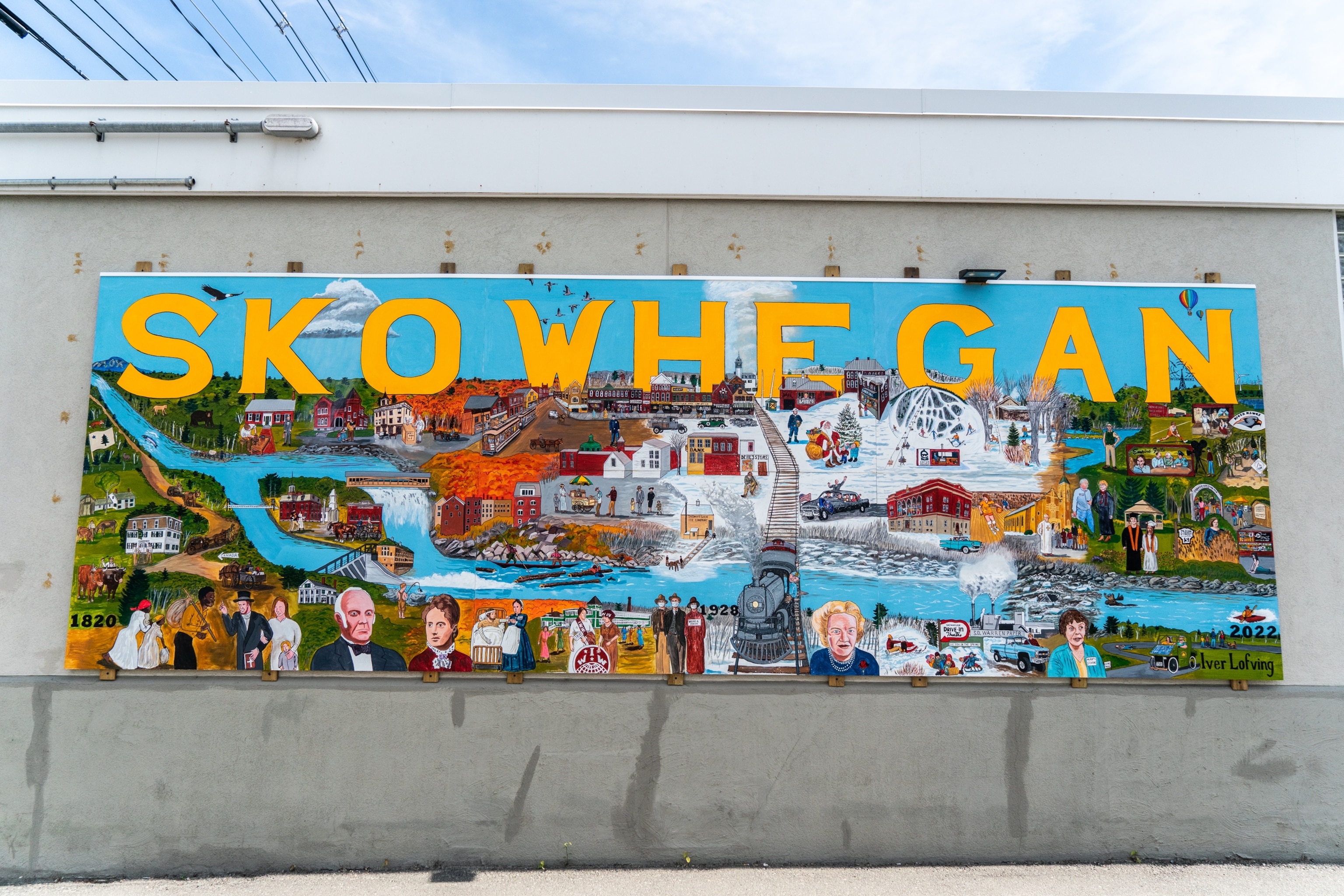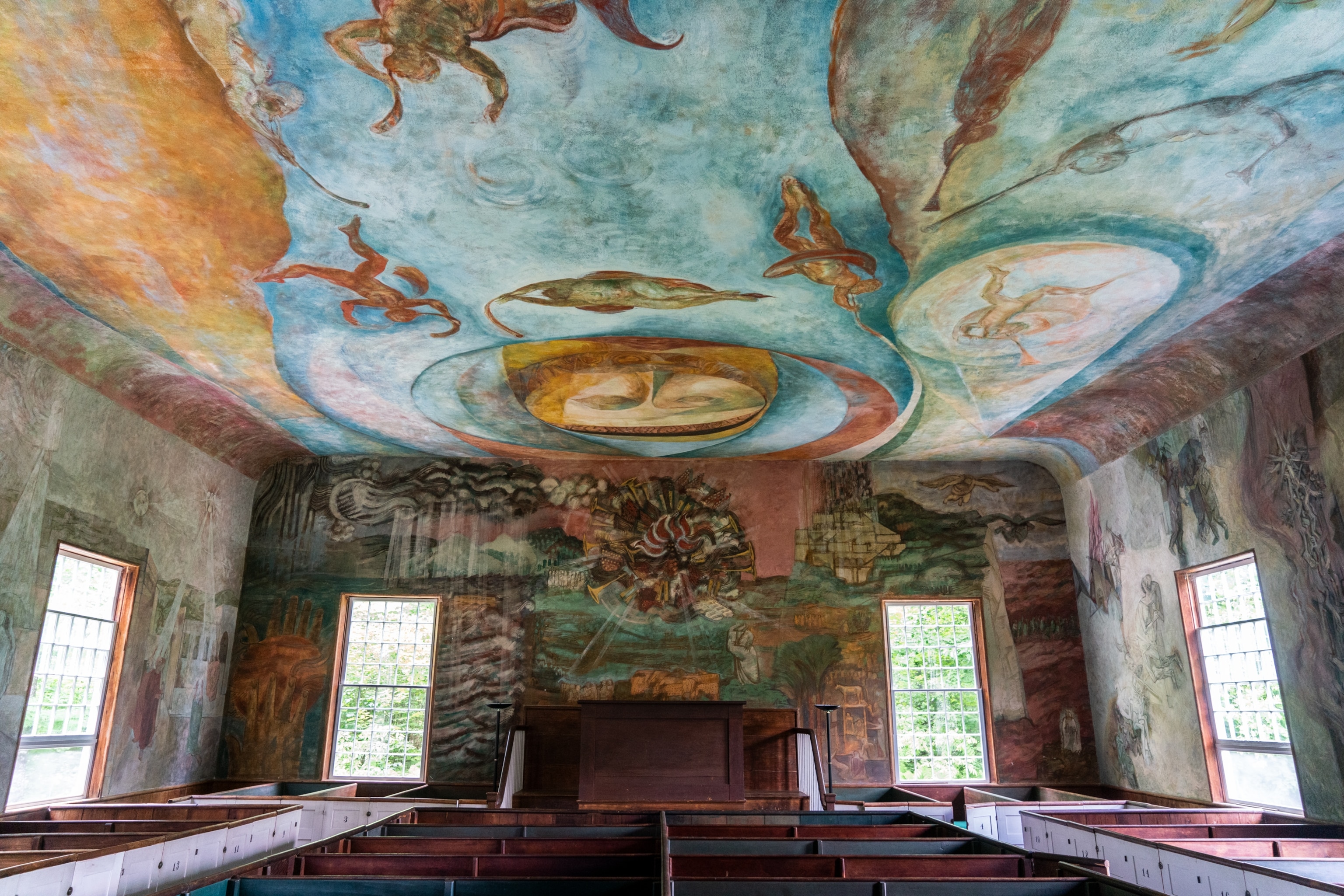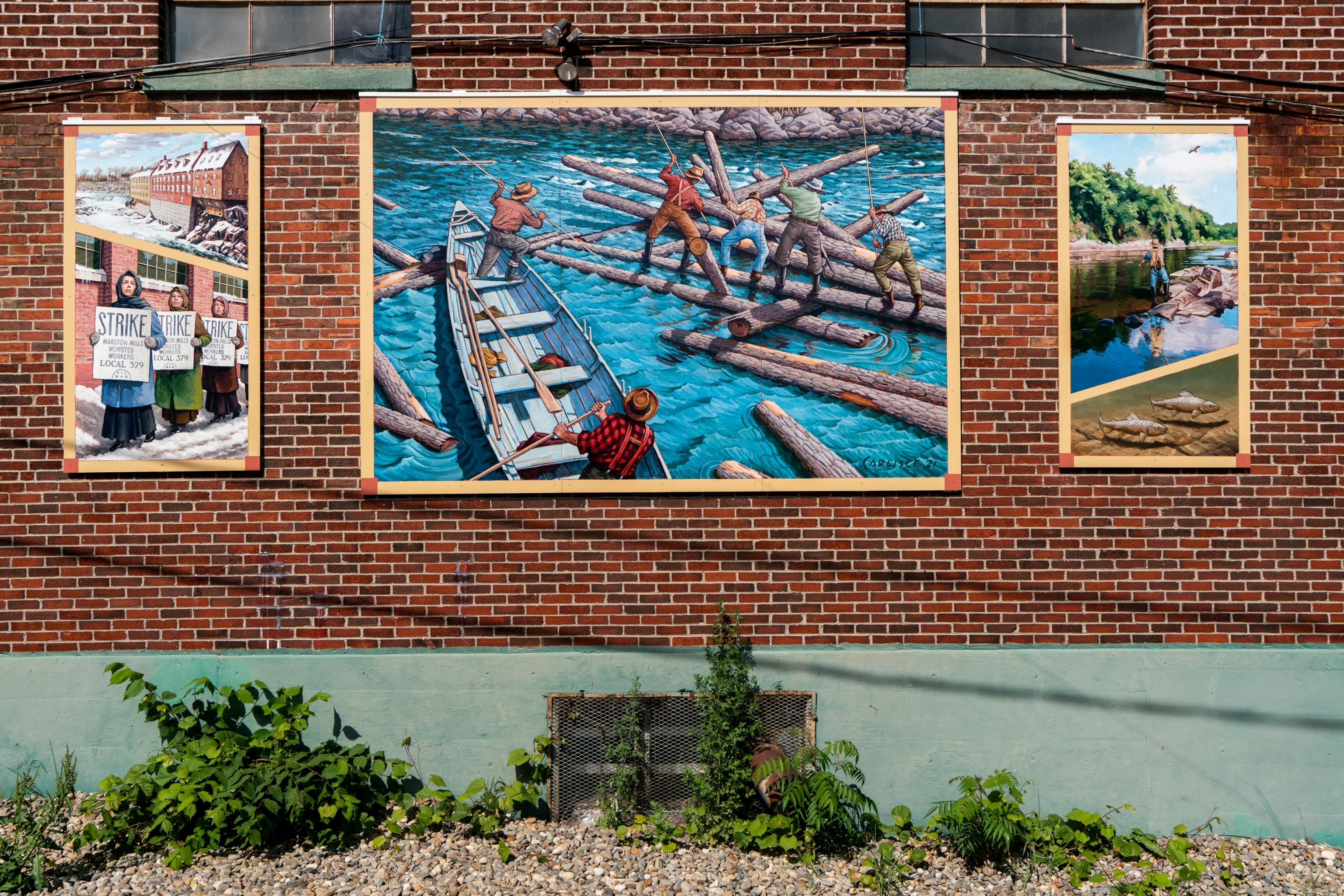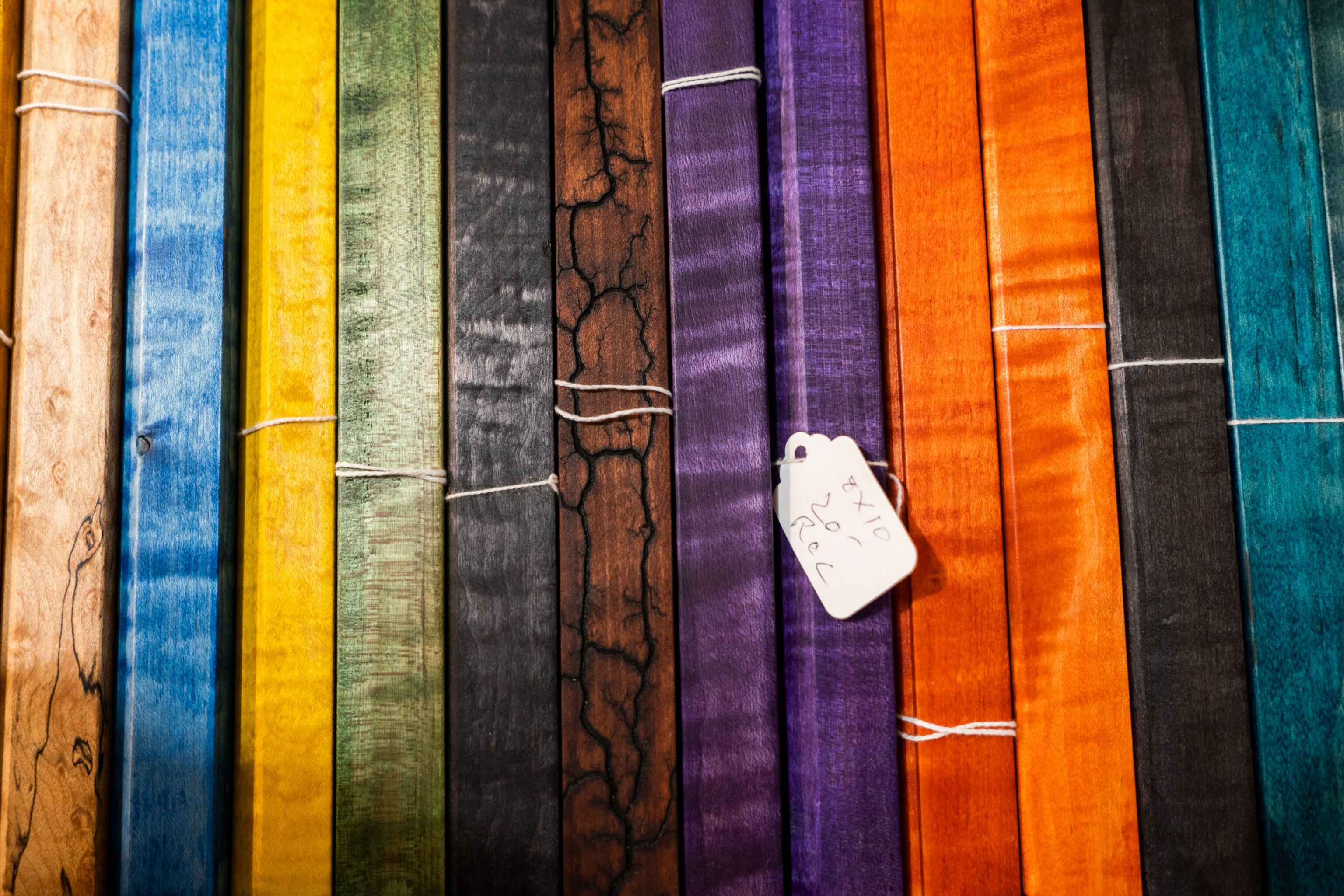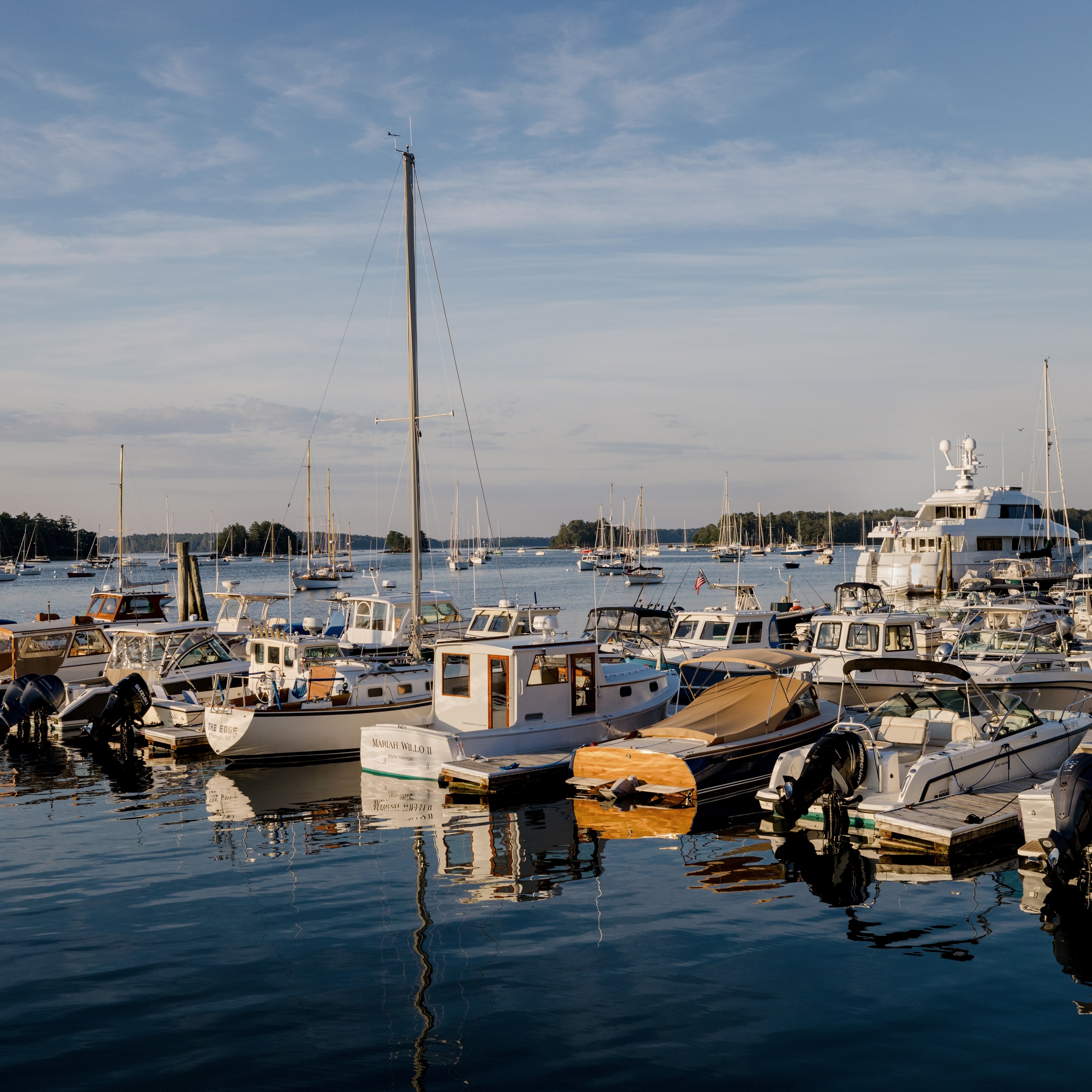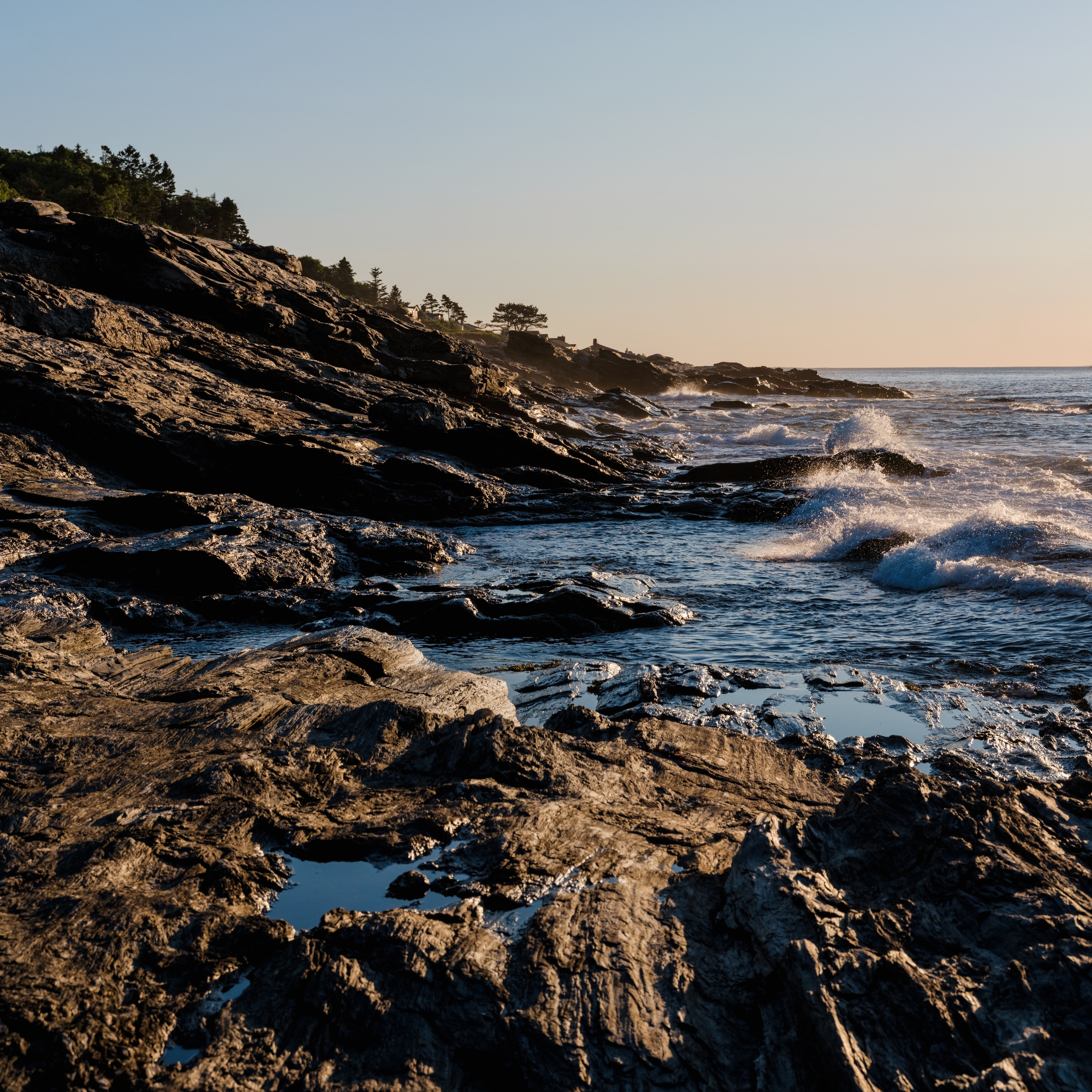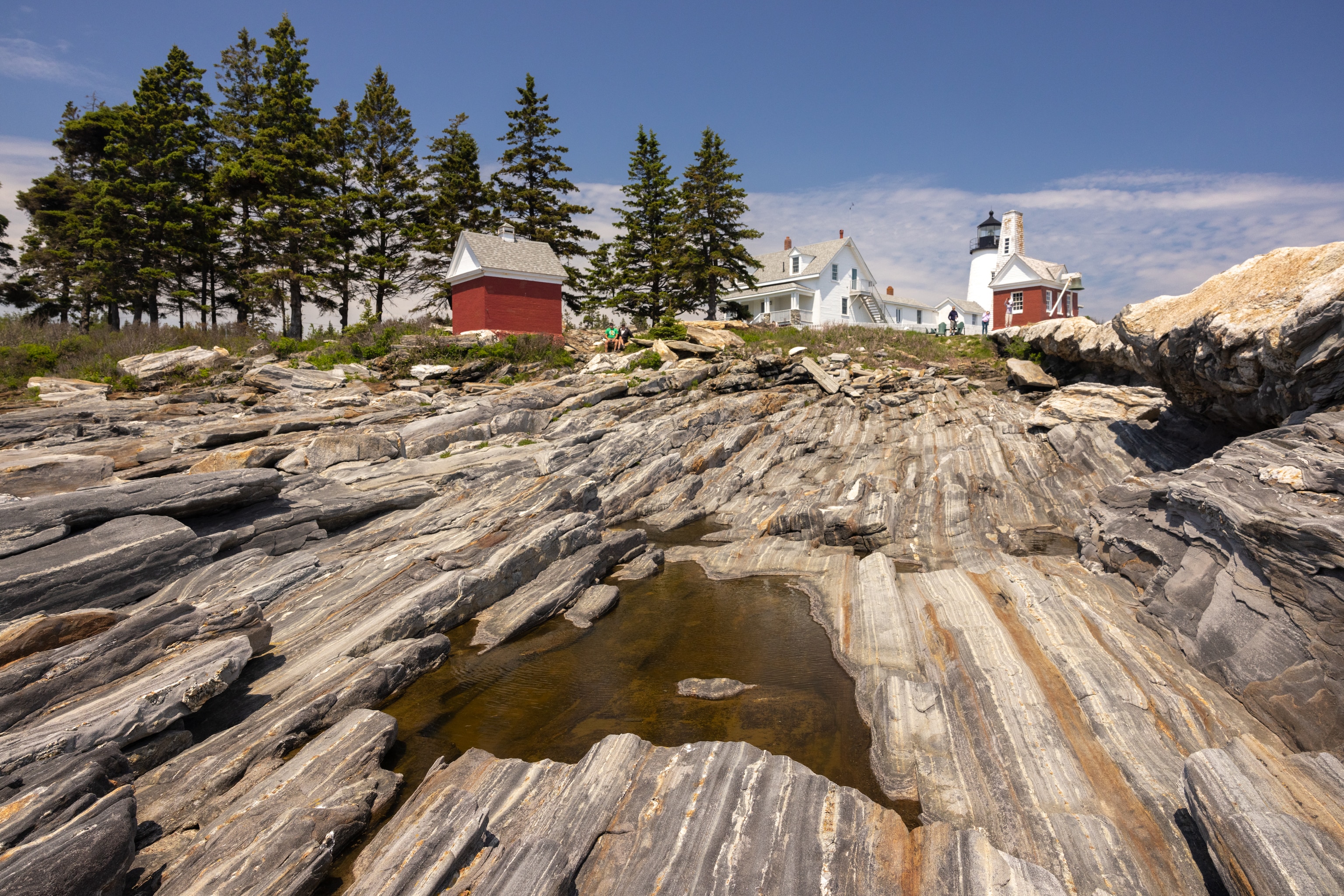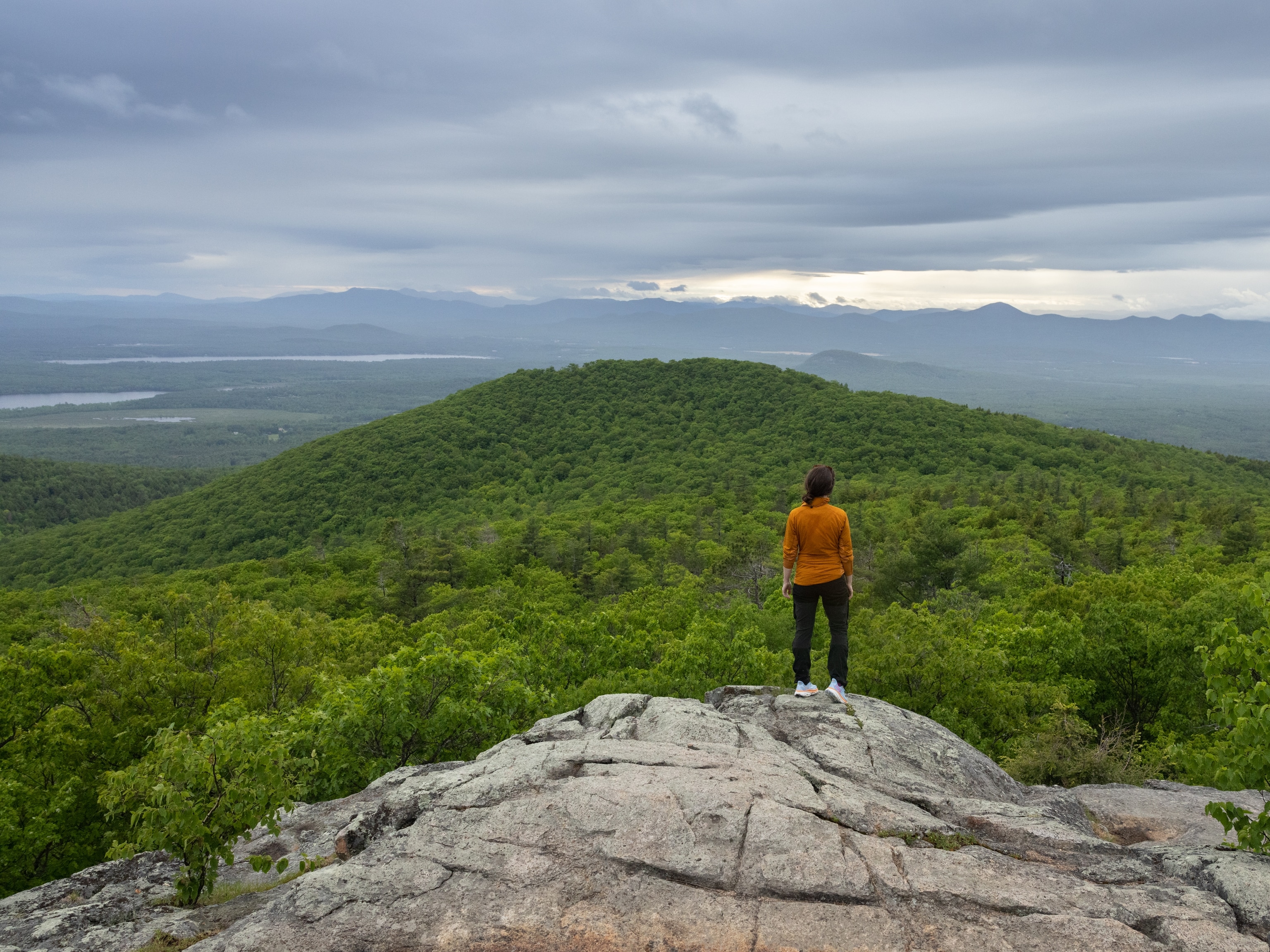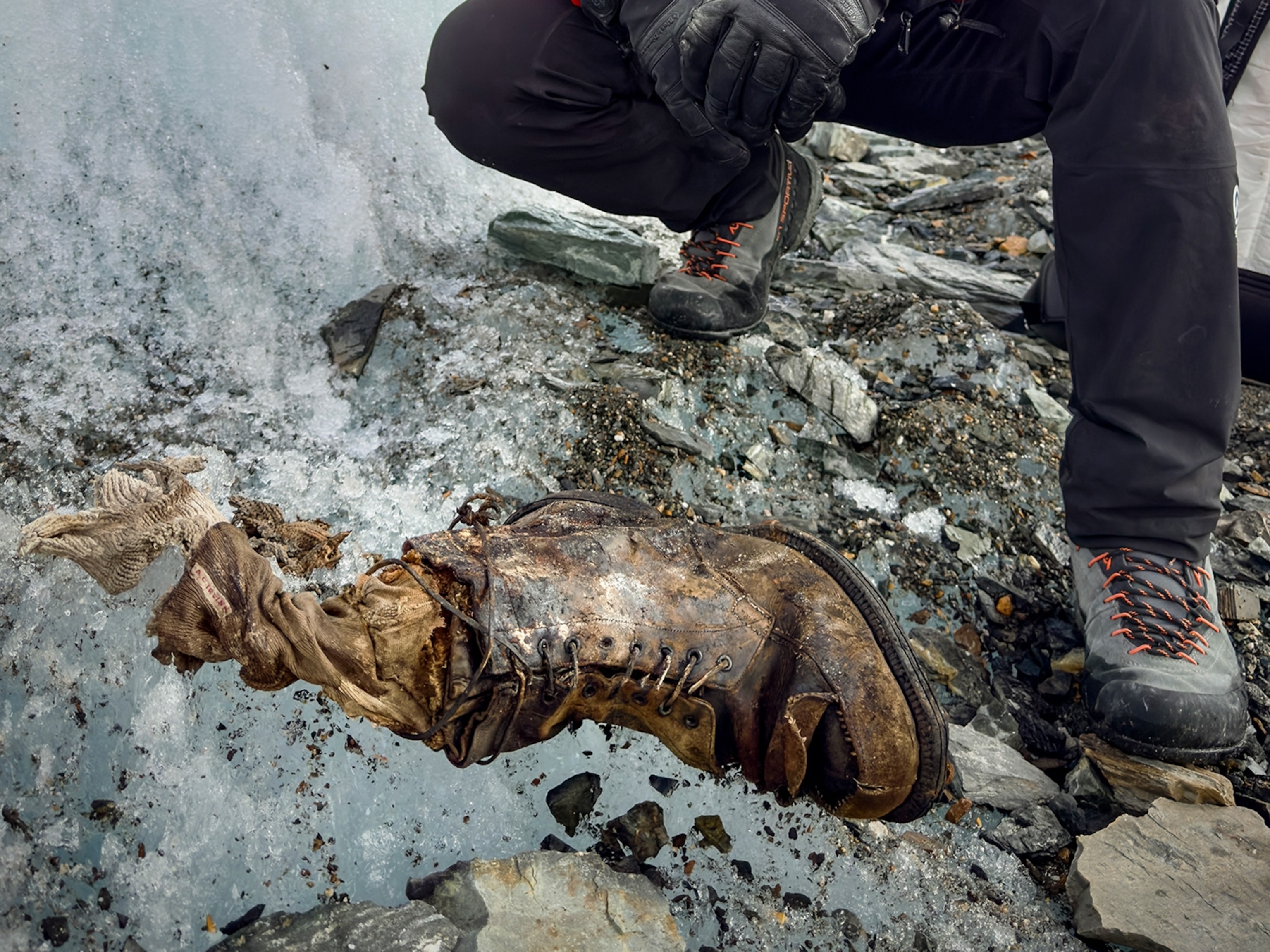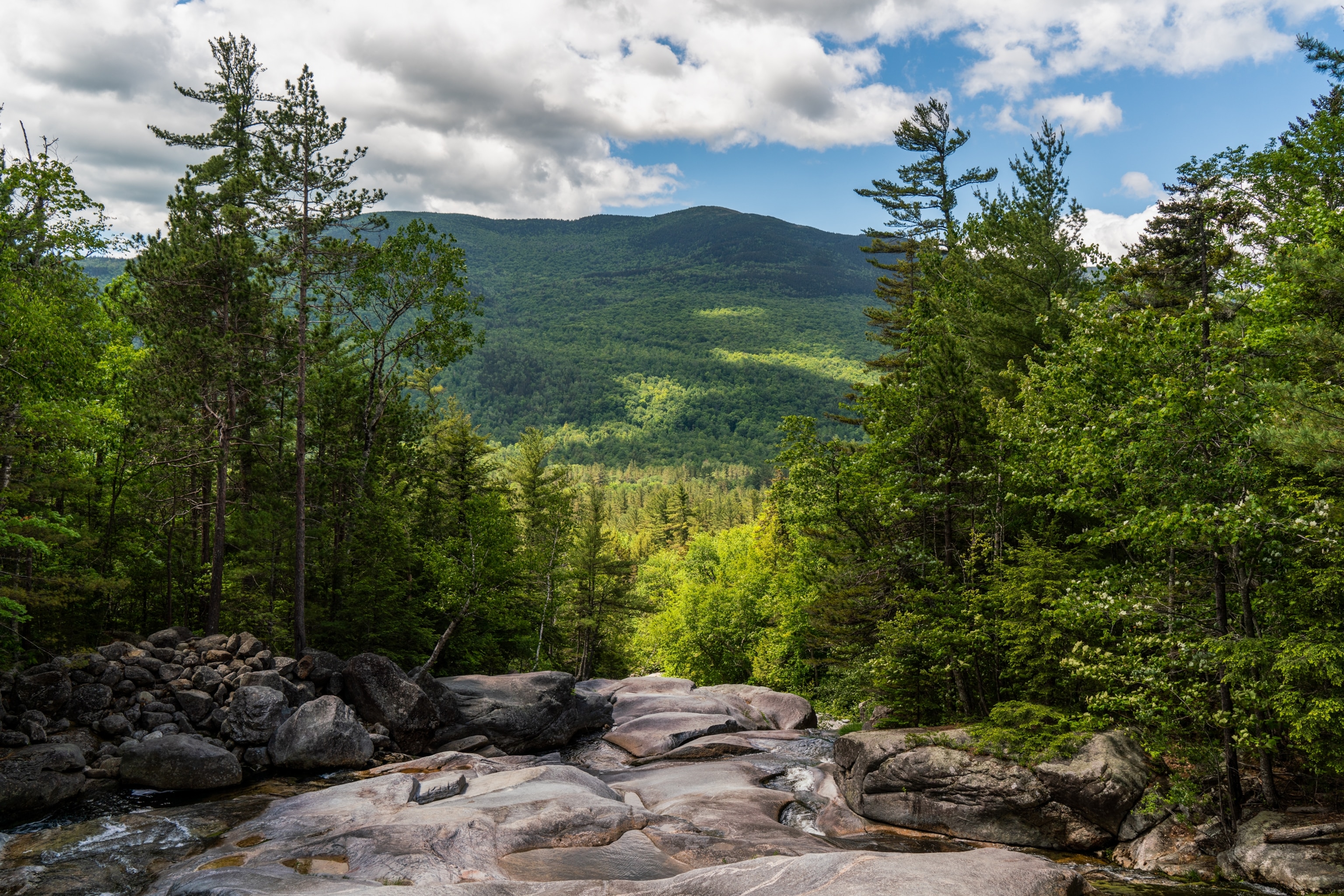
Uncover the natural, the unexpected, and the awe-inspiring in Maine
Join acclaimed National Geographic Photographer Pete Muller as he roams the state to witness its natural beauty and transformative power.
Traveling along the jagged coast, into the valley, and out to the Mahoosuc mountains, National Geographic Photographer Pete Muller is no stranger to Maine. A Portland resident and an avid explorer, Muller roams further into the state to document the beauty of the land and the powerful connection Mainers have with their home.
Deep respect for the land and sea DownEast
Muller’s adventure begins in the DownEast region of Maine—an area that gets its name from its maritime history, rather than its geographic location. In the olden days, “downwind and to the east” was the direction ships sailed to get here from New York and Boston. Today, the region is a trove of fishing villages, dramatic coastline views, and rich biodiversity.


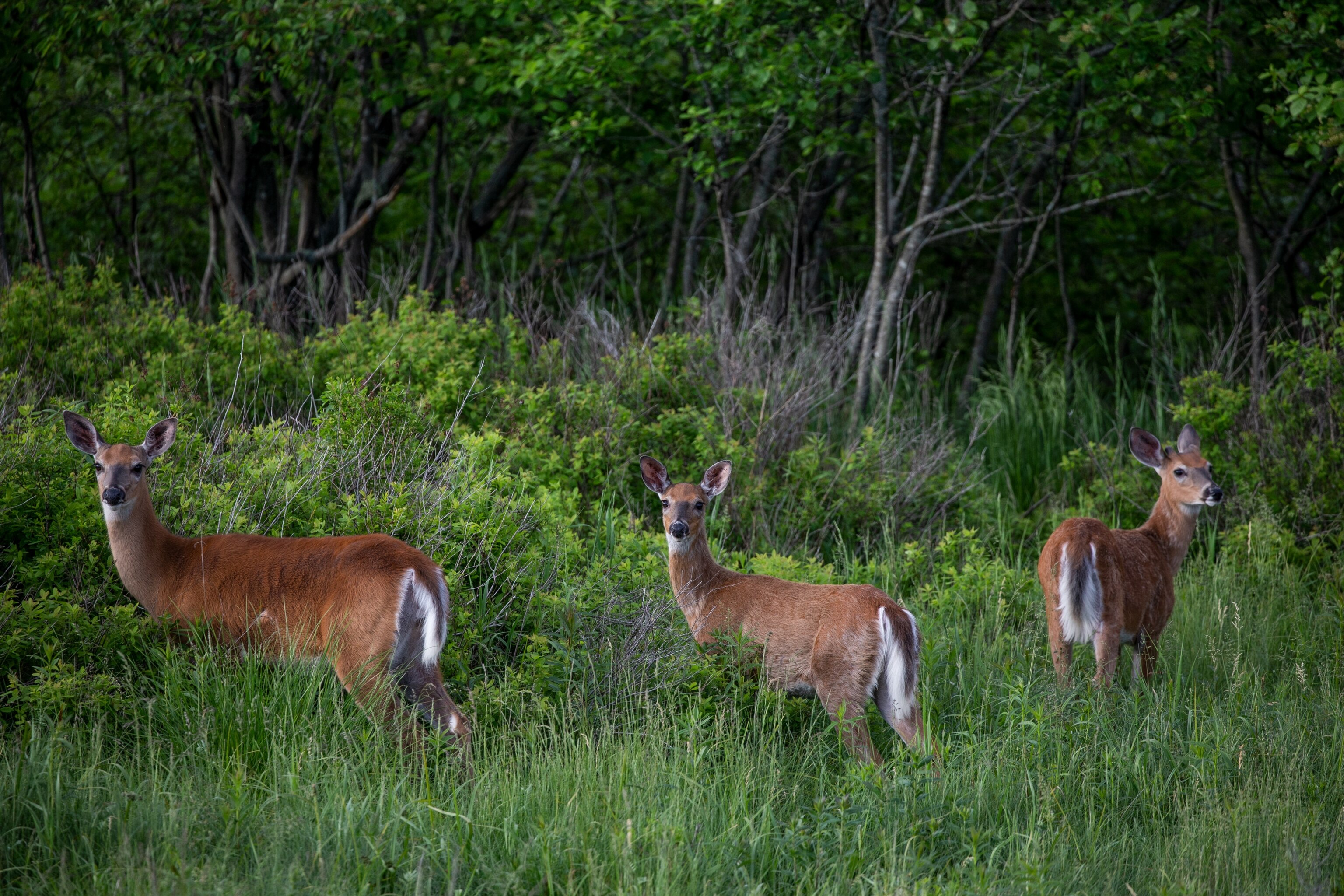
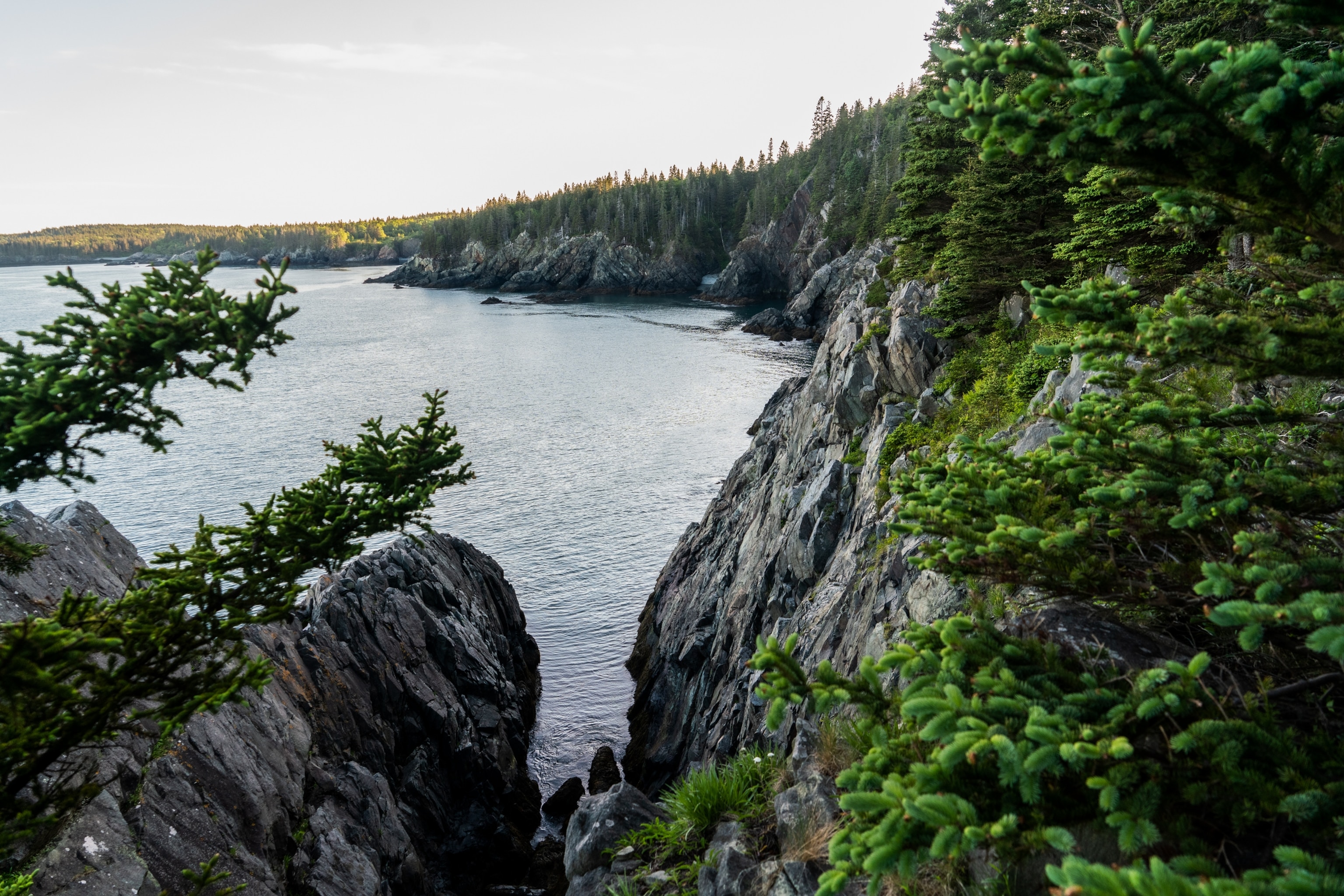
An hour up the coast from Acadia National Park, the Bold Coast is an incredible expanse of twenty miles of the highest density of coastal peatlands, rocky headlands, and maritime grasses in the state. Muller hikes a 10-mile loop through spruce-fir forests, along open meadows, and right up to the shoreline, while listening to a chorus of wild birds above. The whole thing is incredibly serene and beautiful.
“There’s something so extraordinary about the smell in the forests along the Bold Coast. The intermixing of crisp ocean air and fresh pine solidifies an aroma that’s so invigorating.”Pete Muller, National Geographic Photographer
In the DownEast town of Roque Bluffs, Muller meets up with friend and kelp farmer Jake Patryn to discover the process and inner workings of kelp farming. They head out, off the coast of Roque Bluffs State Park, in a small boat Patryn used as a kid to haul lobster traps. But today’s catch is different. After moving to Denver and learning about the health and environmental benefits of seaweed, Patryn and his fiance Morgan Lea-Fogg returned to their roots to start a sustainable seaweed farm, Nautical Farms.

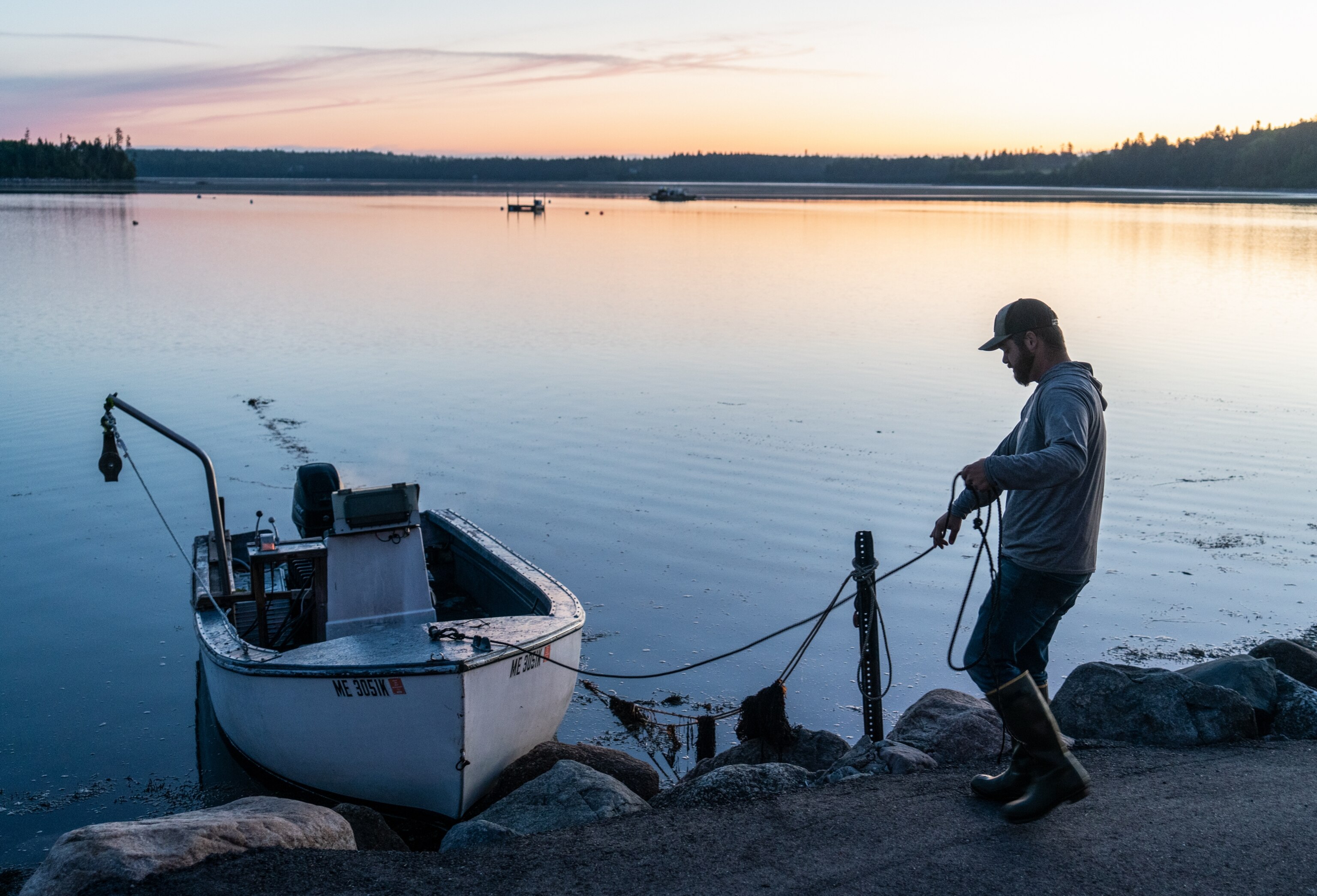
It’s the end of kelp harvesting season. Patryn pulls in lines of fresh kelp, cuts them off into plastic totes, and brings them to shore to dry under the sun. “The process is incredibly tactile and artisanal,” says Muller. Once dried, the kelp is packaged and sold whole-leaf or crafted into body scrubs, soaks, and capsules.
The DownEast region also boasts scenic harbors, biking paths, and a myriad of architectural sites, museums, and lighthouses.
Dynamic art scene in Kennebec Valley
The inland small town of Skowhegan is next on Muller’s list. Set on the bank of the Kennebec River, the area used to play a big role in Maine’s logging industry. But that’s not the only thing the area is known for. In 1946, the Skowhegan School of Painting & Sculpture opened on a 350-acre farm. To this day, the school offers an intensive nine-week summer residency program for emerging artists—bringing incredible new talent to the town year after year and creating a dynamic visual arts scene.
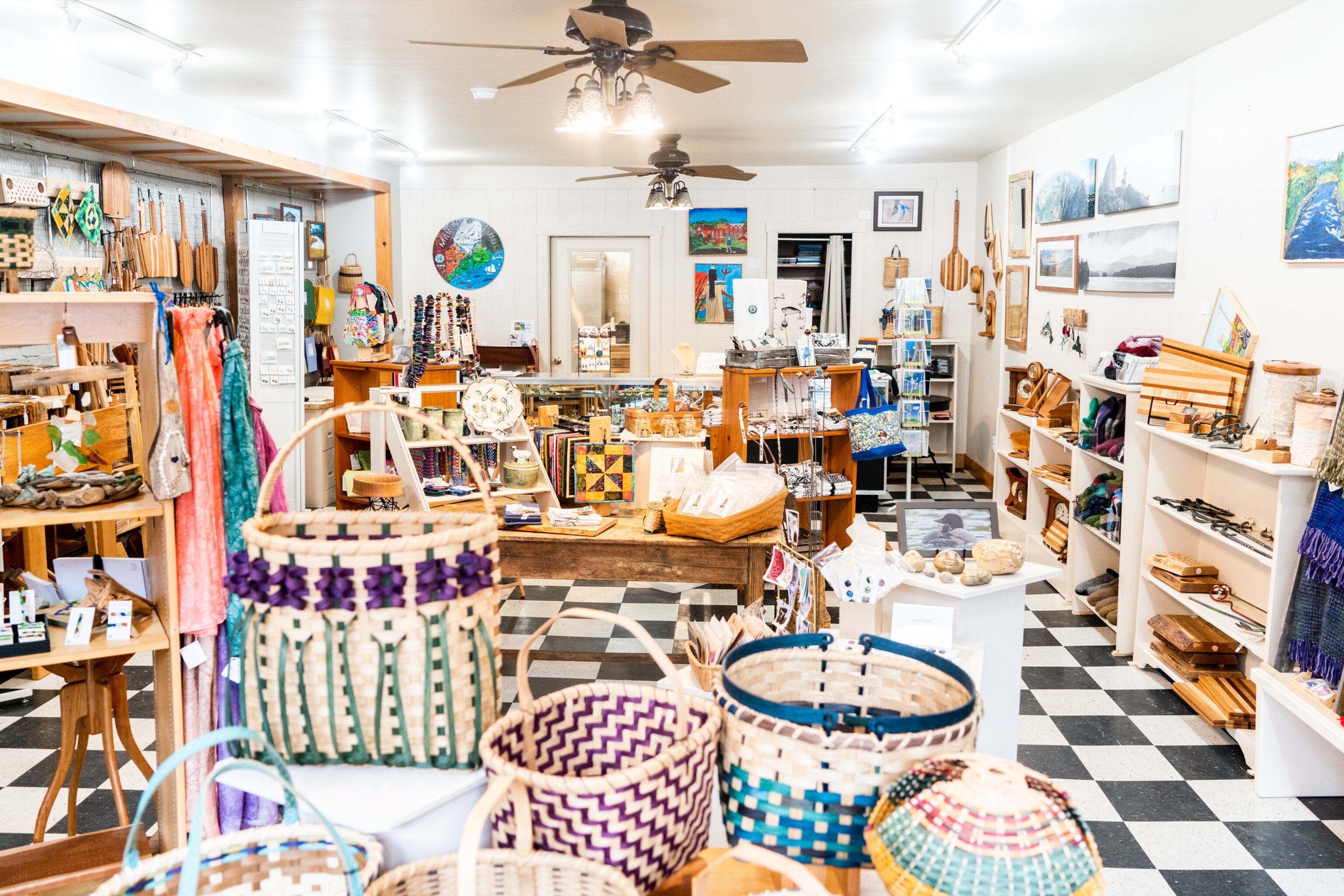
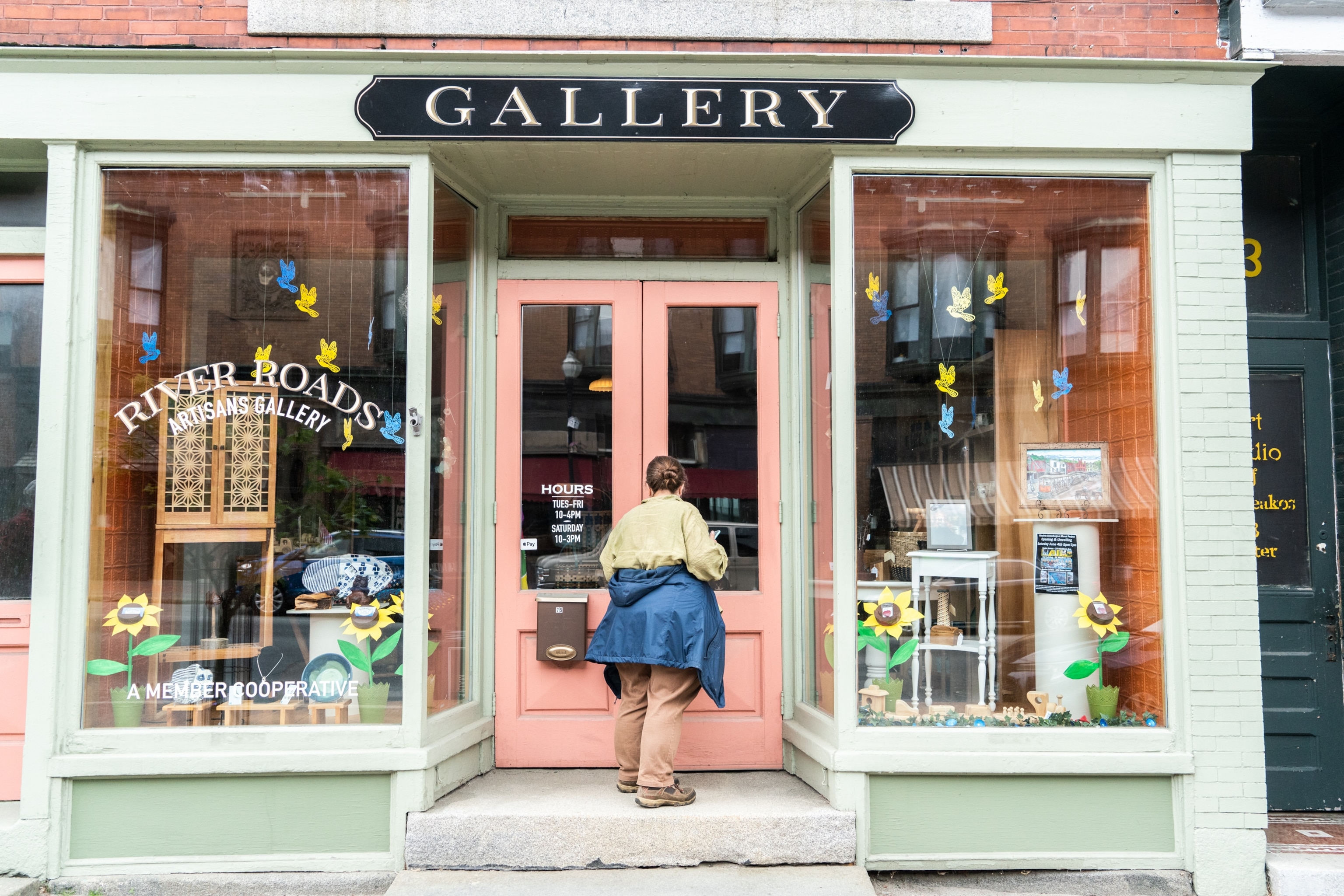
Muller visits the town murals with local artist and skilled woodworker Amanda Slamm. Like Muller, Slamm comes from an extraordinary art family. Her grandfather Ben Shahn, was an internationally-recognized painter who often painted in the style of social realism. She shows Muller around her workshop and takes him to River Roads—her coop gallery that represents the work of more than 25 local weavers, potters, authors, and other talented artists.
Just outside of Skowhegan is the South Solon Meeting House. From the outside, the building looks well-maintained and unassuming. But inside, incredibly detailed and intricate frescos cover the entire space, floor-to-ceiling. “It’s unlike anything I’ve ever seen and I definitely didn’t expect to encounter it here,” says Muller.
The meeting house was built in 1842, and the pews, podium, windows, and steeple are all original. The frescos came later, in the 1950s. After the Skowhegan School of Painting & Sculpture opened, the founders helped organize three national juried competitions to select the artists to paint them. The building is now protected by the National Historic Register.
Powerful natural forces in Grafton Notch State Park
Straight west of Skowhegan, nestled in the Mahoosuc mountain range, is the beautifully rugged Grafton Notch State Park. Known for its rocky backcountry terrain, the park is home to twelve of the most challenging miles of the Appalachian Trail (AT). But conquering the AT is not the only reason to visit. The gorges, waterfalls, and the Notch itself offer a fascinating look at the state’s geologic history—with metamorphic bedrock that dates back nearly 420 million years.
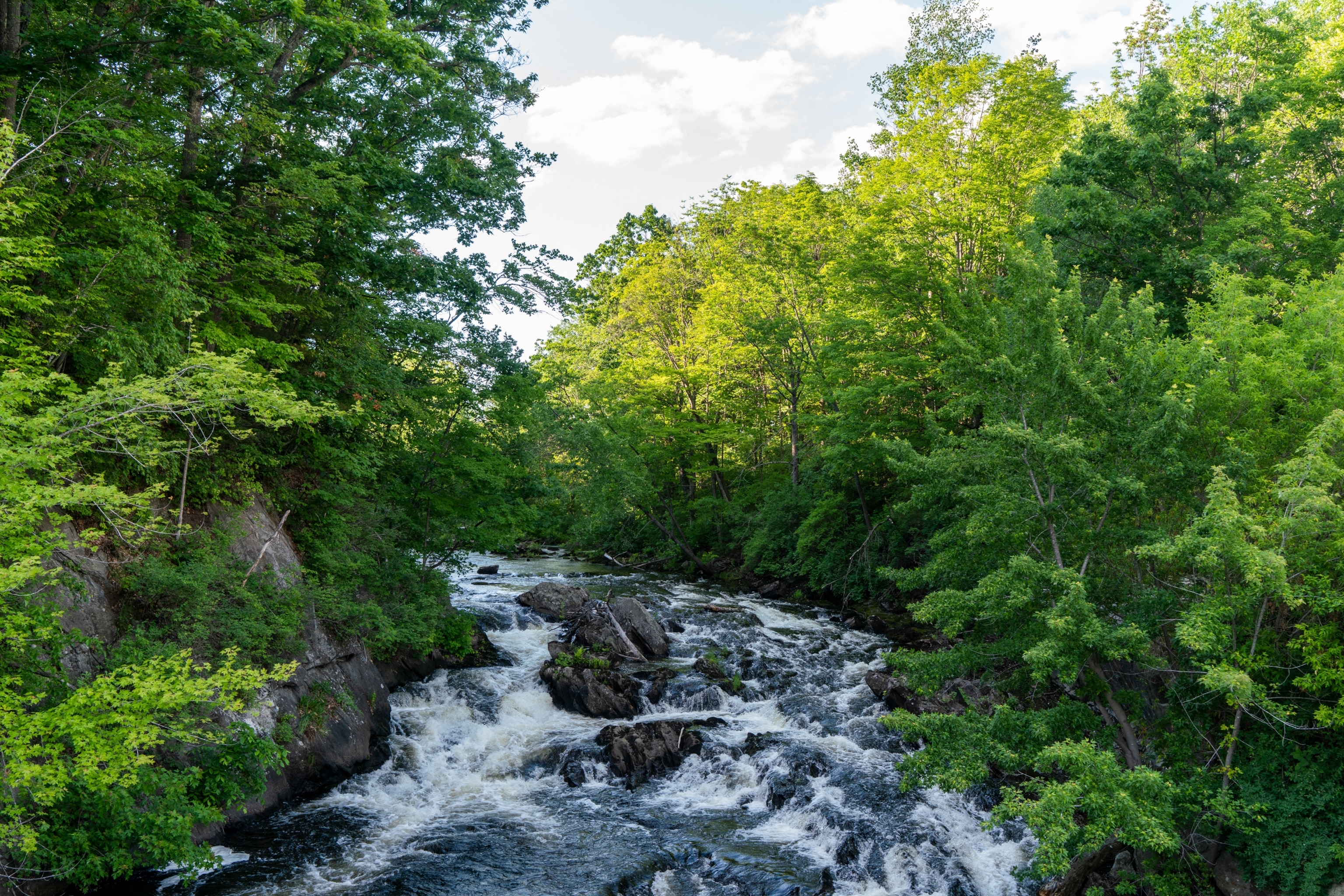

Muller sets up camp in the welcoming and communal Grafton Notch Campground. There are fifteen wooded sites on the grounds, each with a fire pit and a picnic table, and there’s a wide-open field where people play cornhole and horseshoes.
Near Screw Auger Falls in the park, Muller hikes with Lindsey Spigel, a geologist who’s studying the history of the bedrock and how the gorges came to be. Spigel points to the fractures in the gorge walls. She explains that more than 12,000 years ago, “glacial meltwater most likely followed the path of the breaks, eroding down into the bedrock we see today.” And the erosion continues. Water filled with sediment acts as a kind of sandpaper to slowly wear the edges of the boulders and grind potholes in the rocks—creating an ever-changing landscape, shaped entirely by water.
Finally, the sun is setting and Muller heads back to camp. And, in true Maine form, a surprise comes across his path: a moose. “I grew up in New England and have never seen one before. It was an incredible sight.”

